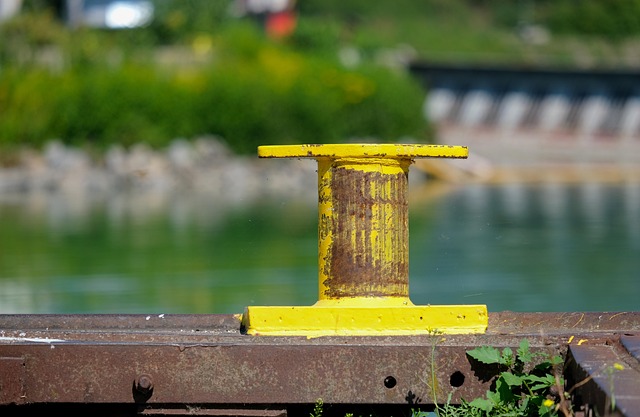Low water pressure in homes is caused by issues like leaks, blockages, and corroded pipes. Prompt identification and repair of these problems through regular checks are key to maintaining good water pressure. Homeowners can troubleshoot using tools like pressure gauges, clear air in lines, and address mineral buildup. Repairs range from simple and affordable to complex and expensive, depending on the root cause, ensuring efficient plumbing performance.
Low water pressure can be a frustrating household issue, but understanding its causes and available repair solutions is key. This article delves into the heart of the problem, exploring common triggers behind low water pressure and their associated cost implications. We provide a comprehensive comparison of various repair options, offering an insightful cost analysis to help you choose the most effective and budget-friendly low water pressure fix.
- Understanding Low Water Pressure Issues
- Common Causes and Their Cost Implications
- Comparing Repair Solutions: Cost Analysis
Understanding Low Water Pressure Issues

Low water pressure is a common household issue that can significantly impact daily routines. Understanding the root cause is the first step in addressing this problem effectively. In many cases, low water pressure fix starts with identifying water leak causes within the plumbing system. Leaks from pipes, fixtures, or appliances can lead to a decrease in water pressure, resulting in weak streams and reduced flow rates.
Apart from leaks, other factors such as mineral buildup, corroded pipes, or faulty pressure regulators can also contribute to low water pressure causes and remedies. Maintaining good water pressure involves regular checks for any signs of leaks or blockages and promptly addressing them. By keeping an eye on these potential issues, homeowners can ensure optimal water pressure, enhancing their overall plumbing system efficiency.
Common Causes and Their Cost Implications

Low water pressure can be a frustrating issue for any homeowner, often leading to costly repairs if left unattended. Understanding the common causes is the first step in effective troubleshooting and cost savings. One of the primary culprits is a leak within the plumbing system, which can result in significant loss and reduced water pressure throughout the house. Regular inspection and prompt repair of leaks are essential to prevent this low water pressure fix from becoming an expensive overhaul.
Another frequent cause is a faulty water meter or valve, especially if the problem occurs in specific areas of the home. Testing water pressure using a gauge can help identify these issues. How to troubleshoot low water pressure involves checking for air in the lines, which can be cleared by bleeding the system. Additionally, mineral buildup in pipes or water softener residue might restrict water flow, demanding professional cleaning or replacement parts to restore proper water pressure and prevent repeated disruptions.
Comparing Repair Solutions: Cost Analysis

When considering a low water pressure fix, homeowners often face a variety of repair solutions with differing cost implications. The first step in any decision should be a thorough assessment to identify the root cause of the issue. Common culprits include clogged drains, outdated pipes, faulty valves, or even an old or inefficient water heater. Once diagnosed, repairs can range from relatively simple and inexpensive (such as unclogging drains to improve pressure) to more complex and costly (like installing a water pressure booster vs. tankless system).
Changing the water filter is another cost-effective measure that can significantly enhance pressure, especially if it has been a while since the last replacement. However, for more severe cases, particularly involving structural repairs or complete system replacements, the expenses can mount quickly. It’s crucial to weigh these options, considering both immediate relief and long-term sustainability. Remember, addressing low water pressure not only improves the functionality of your plumbing but also contributes to overall home efficiency.
When considering a low water pressure fix, understanding the root cause and comparing repair solutions is key. By identifying issues like leaky faucets or worn-out pipes, you can make informed decisions regarding cost-effective repairs. Investing in efficient fixtures and regular maintenance can prevent future problems, ensuring long-term savings on your plumbing expenses. Remember, addressing low water pressure promptly not only improves convenience but also conserves water, making it a smart and sustainable choice.
